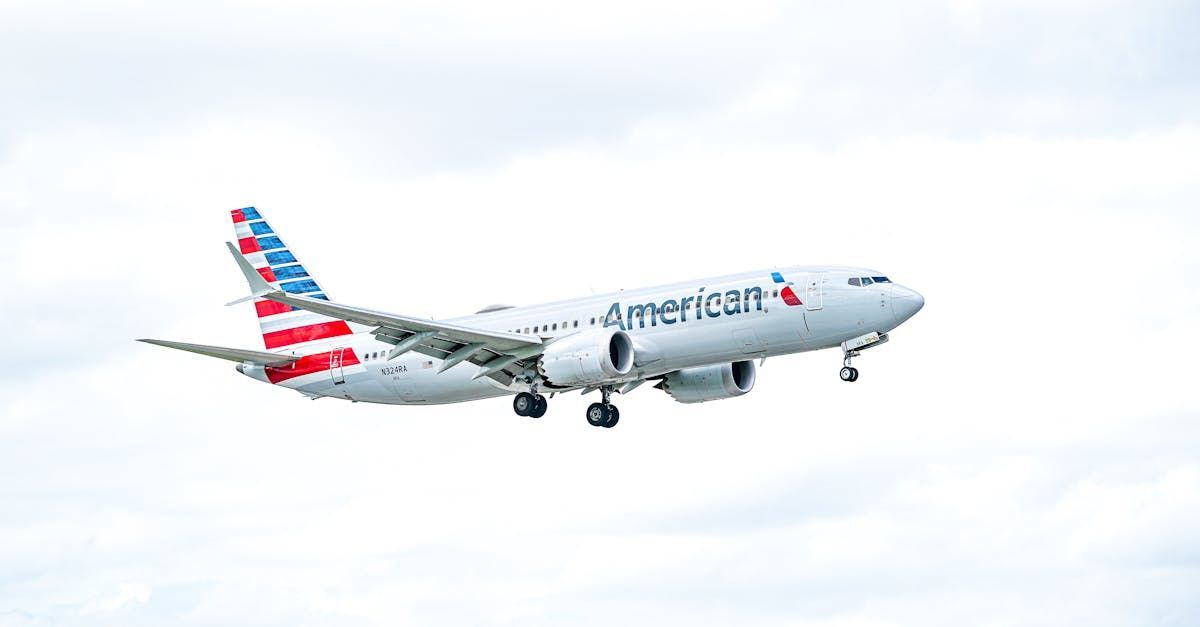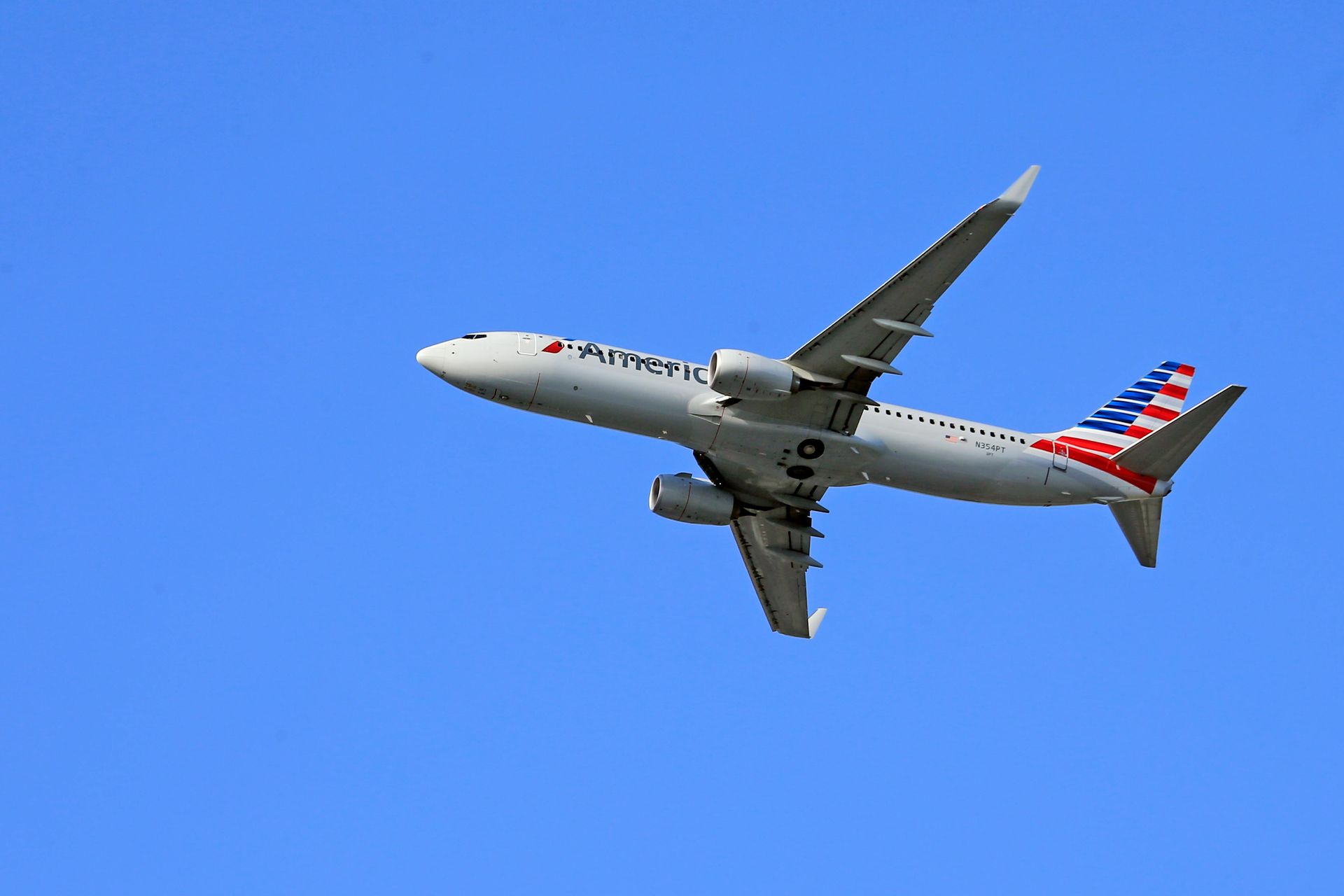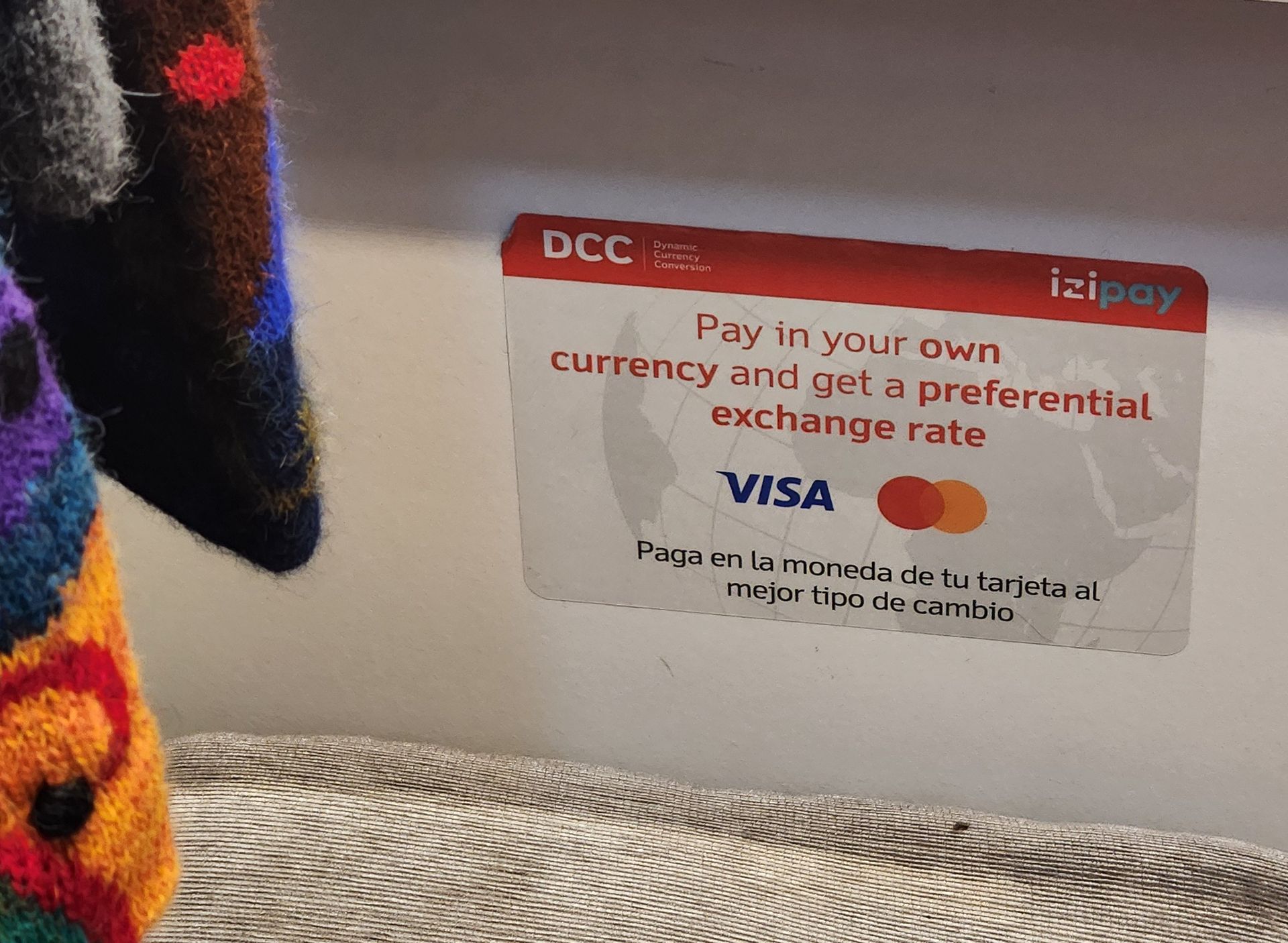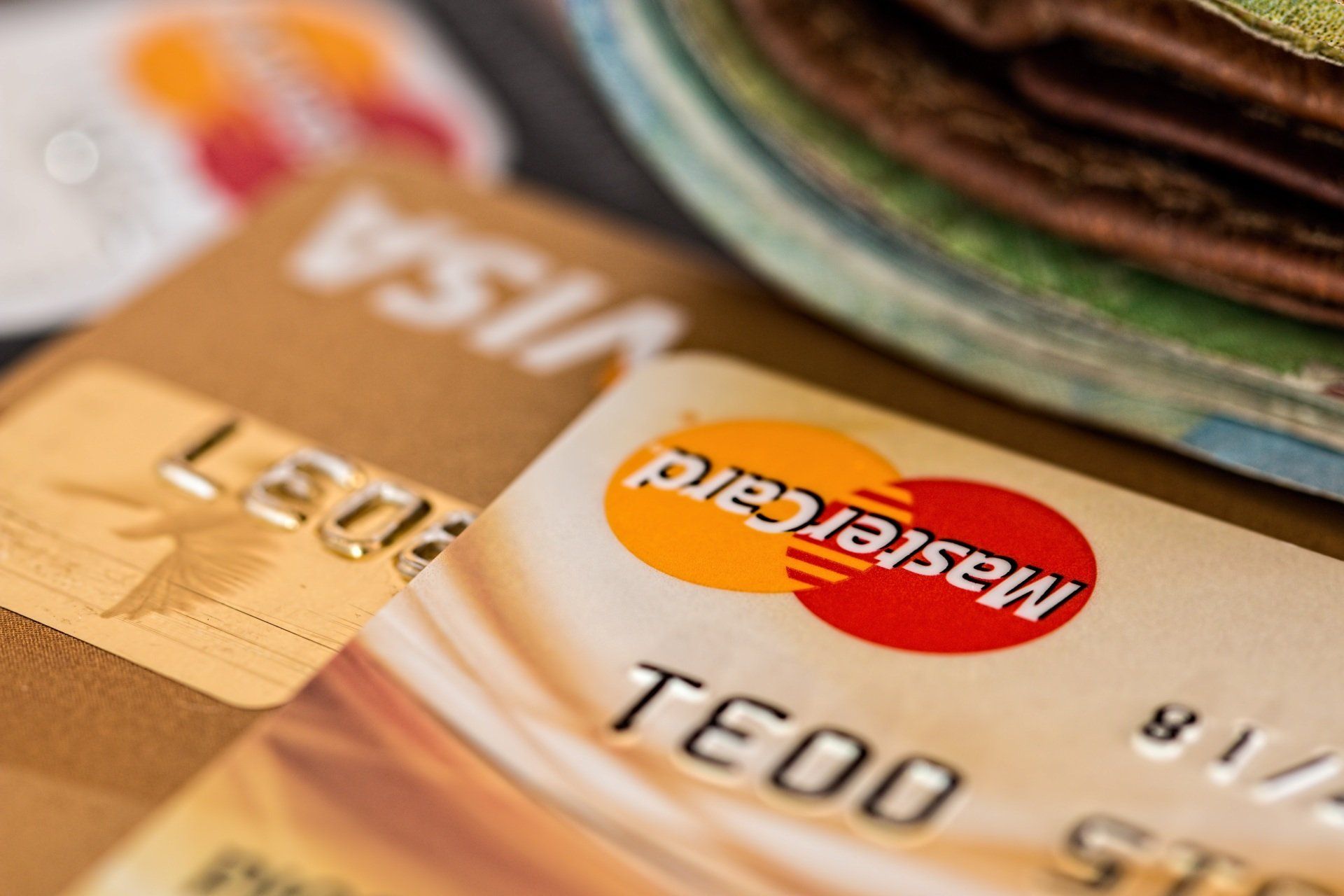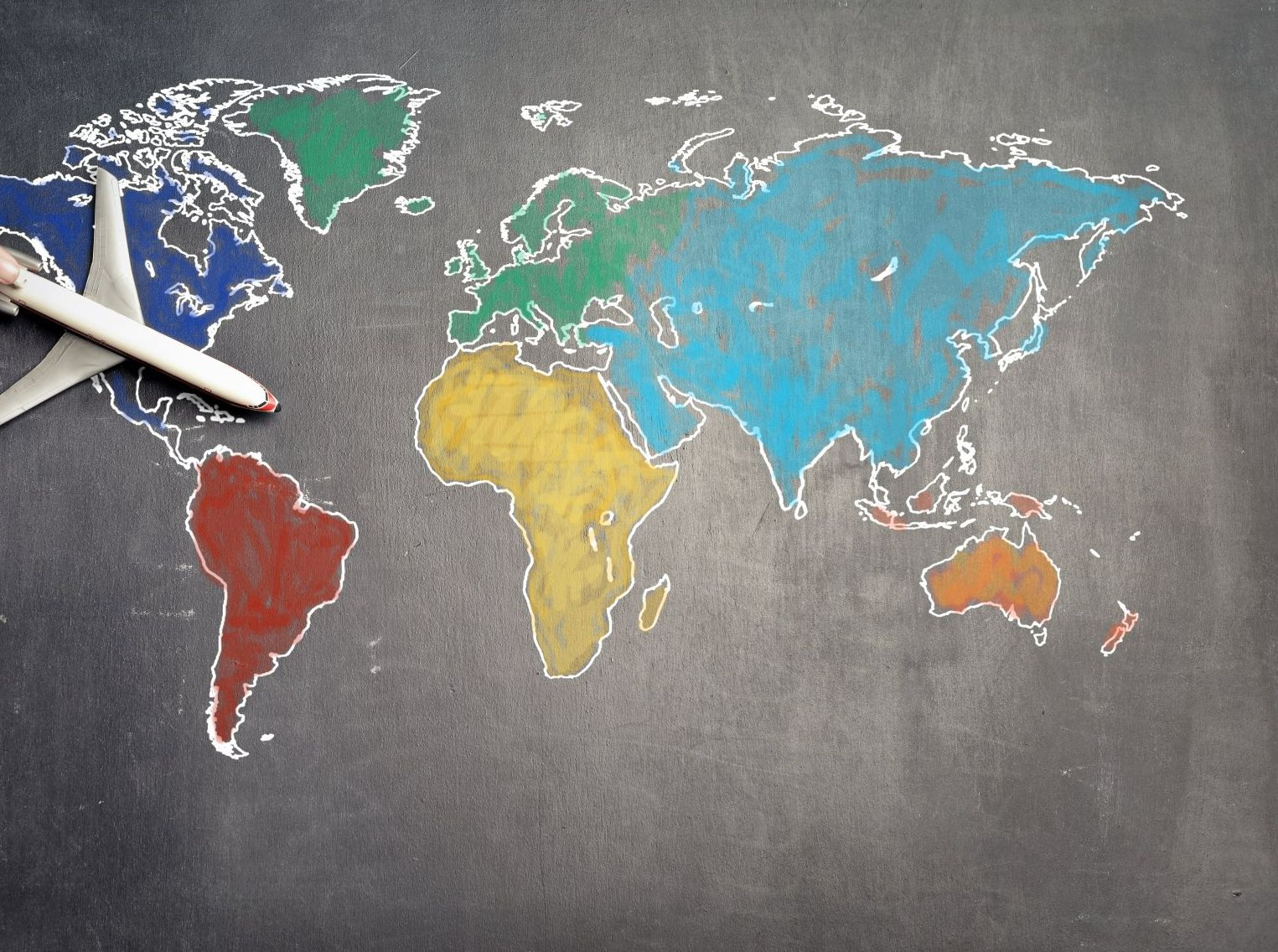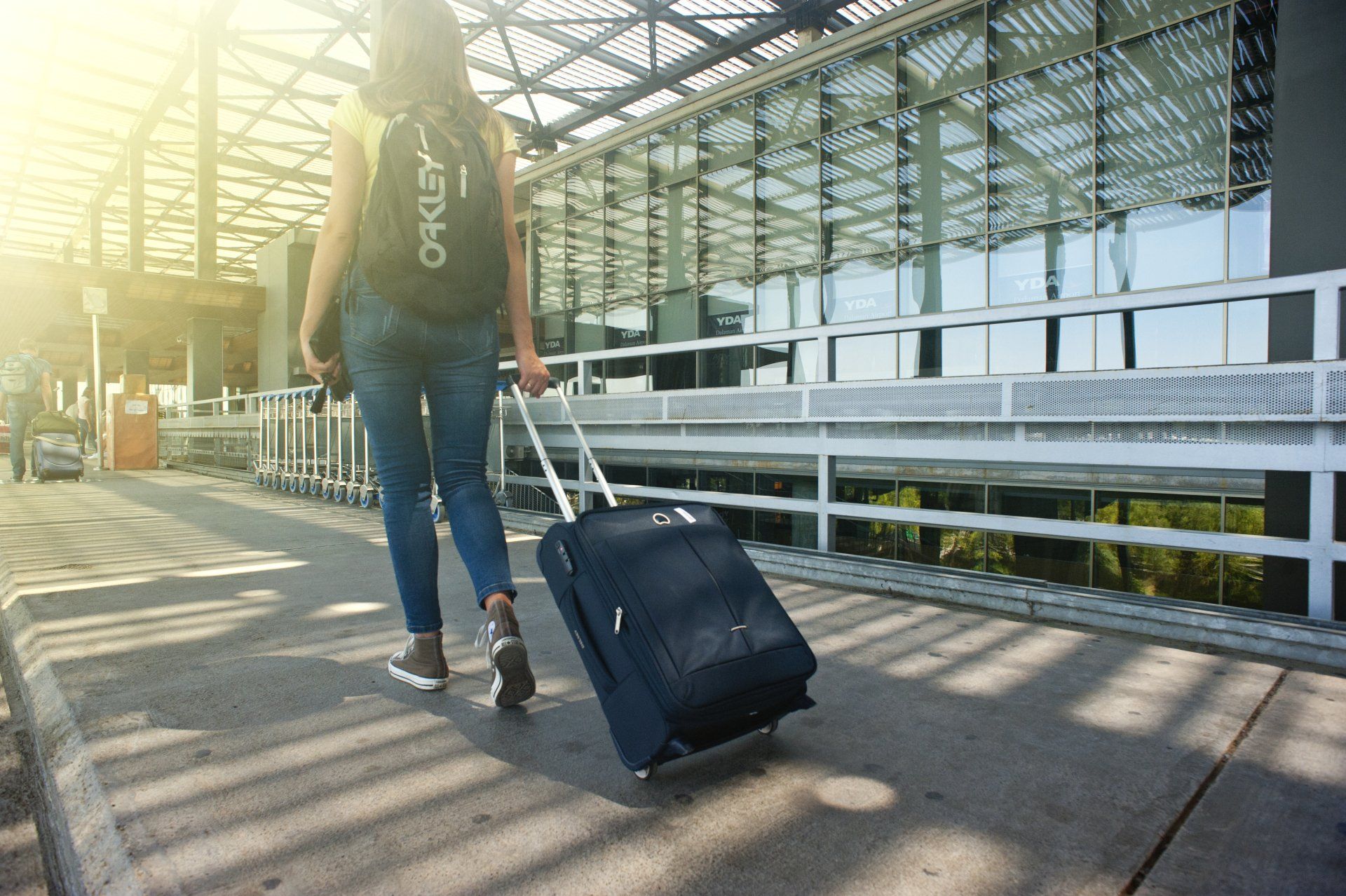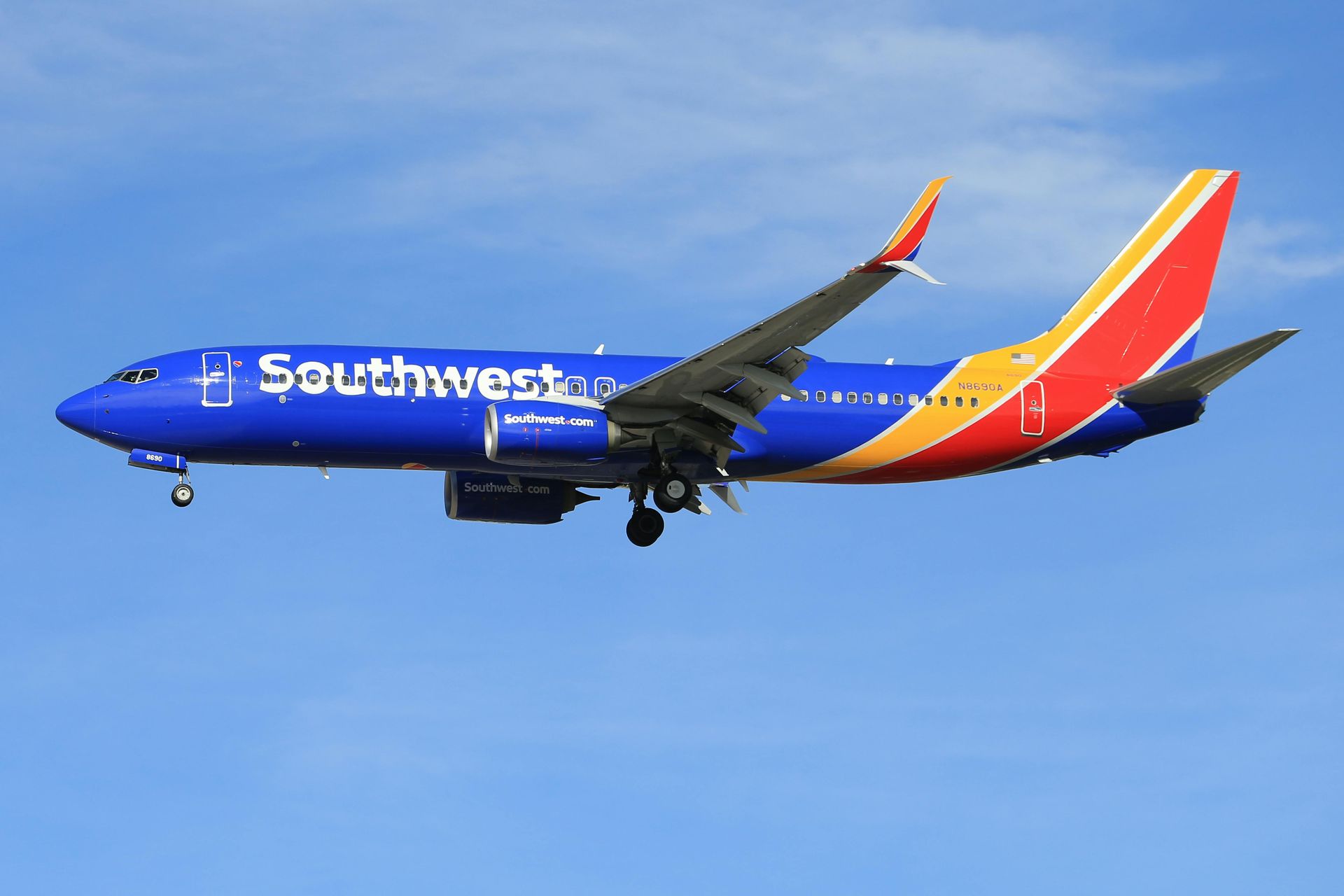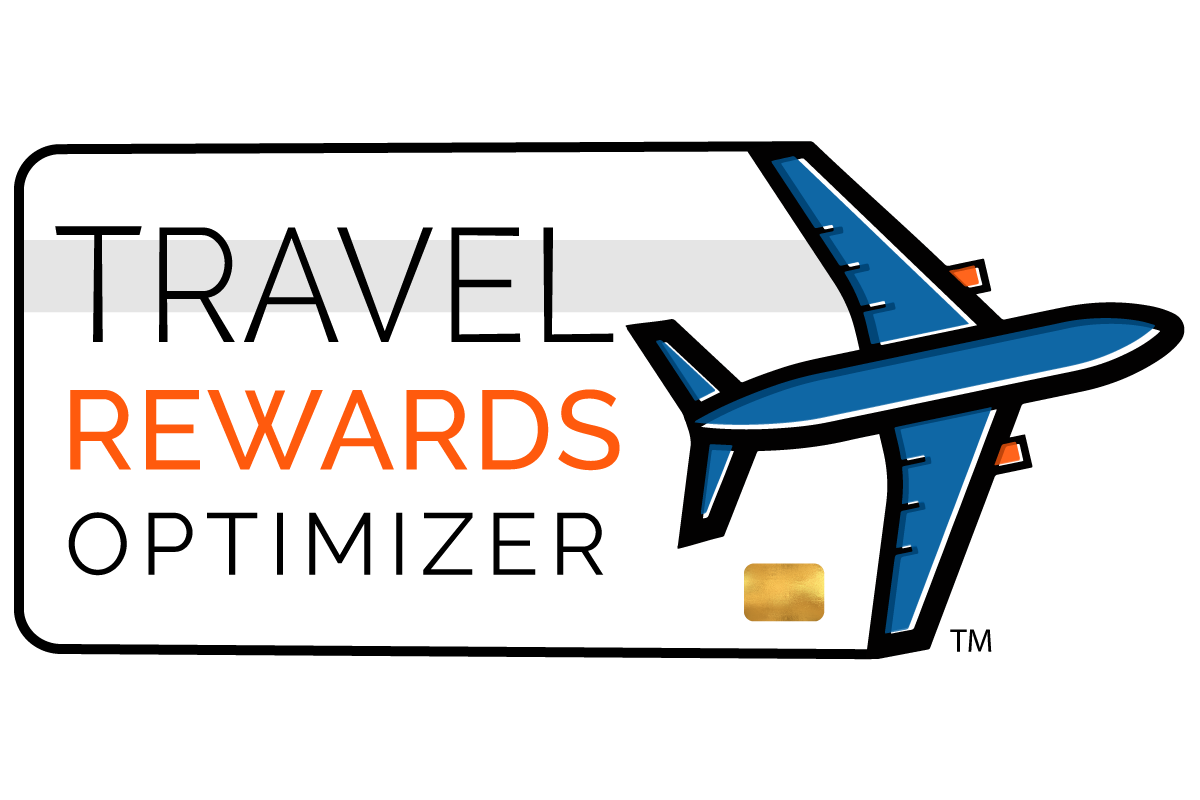Using the American Express Hotel Credit Benefits
In some cases, these benefits can provide an upgraded experience at lower cost
During a recent trip, Ms. Optimizer and I were able to take advantage of a hotel credit offered through the American Express Gold and Platinum cards. I wanted to share my experience so you can get the most value out of these benefits if you have an opportunity to use them.
What are these benefits?
The benefits differ for the Gold and Platinum card.
- The benefit for Amex Gold card holders is a $100 hotel experience credit. To get the credit, you must use American Express Travel to book a hotel from “The Hotel Collection,” a select list of hotels chosen by Amex. There is a two-night minimum stay and, of course, you need to pay with your Amex Gold card. The “experience credit” tends to be money that you can use on the property (Ex: at the hotel’s restaurant or bar). The credit cannot be applied to the room rate itself.
- The benefit for Amex Platinum card holders is more lucrative. First, there is a $200 statement credit ($200 total annual limit) when you stay in hotels from either “The Hotel Collection” or “Fine Hotels and Resorts” (which is another list of properties selected by Amex) lists. Again, you must book the hotels/resorts through American Express Travel and use your Platinum Card. In addition to the statement credit, the property might offer experience credits, room upgrades when available, and the option of late check-out. A two-night stay is required for properties from “The Hotel Collection” but only a one-night stay is required for the more expensive properties in the “Fine Hotels and Resorts” collection.
How does it work?
This credit was simple to use. Once I found a hotel in Amex’s “The Hotel Collection” that would be appropriate for our stay in Salzburg, Austria, I reserved the two nights I wanted on the Amex Travel website and paid with my Amex Platinum card. The full charge hit my account immediately and the $200 credit followed within a day, as I recall. Even though Amex had my money at this point, the reservation could be cancelled if necessary.
When we arrived to check in at the hotel, a gentleman at hotel reception walked us through the benefits we would receive in addition to the $200 discount on the room. They included:
- An upgrade to a “junior suite.” While it was a stretch to call the room a “suite,” at 300 square feet, it was certainly larger than their standard 215 SF rooms.
- A $100 credit that could be used on property for their rooftop terrace restaurant and bar, their spa, or their gift shop.
- Late check-out.
He also handed me a letter from Amex that detailed the benefits he had just explained.
We used almost all of the $100 "experience credit" at the rooftop terrace restaurant/bar and checked out with a zero balance. So, in other words, the credit was applied immediately so there was no need to pay and get a refund later.
What is this benefit really worth?
As I mentioned in a past post, American Express has been pursuing a “couponing” strategy with its benefits and credits.
https://www.travelrewardsoptimizer.com/the-couponing-of-travel-credit-card-benefits These hotel credits are no exception. To get the credits, you must book the hotel through American Express travel. In another past post, I discussed how using online travel agencies (OTAs) such as Amex Travel can cost more than going directly to the hotel’s own website. https://www.travelrewardsoptimizer.com/hotels-com-announces-new-and-exciting-rewards-program-hmmm
In this case, I learned that, for the hotel I chose, it was indeed more expensive to book it through American Express Travel than though the hotel’s website.
- For a hypothetical, two-night booking in October, a basic room with the option to cancel was $761 if booked through American Express Travel. The $200 credit would knock the cost down to $561.
- If booked through the hotel website, the same room would cost $606 so the savings from the Platinum card benefit for the room netted out to $45 rather than $200.
However, the additional benefits added:
- The $100 credit which were able to use at the hotel’s rooftop restaurant and bar
- The upgraded room (a value of about $100)
Additionally, this hotel was a step up from where we otherwise would have stayed. The location on the Salzach River offered postcard worthy views of the historic center of Salzburg and put us a few minutes away from the things we wanted to see. On balance, it was clearly worth it to take advantage of this card benefit for this trip.
Bottom line
Ms. Optimizer and I rarely stay in places that leave chocolates on our pillow or provide thick terry robes (although we never complain about such touches). I doubt we would ever use the hotel credit benefit for the “Fine Hotels and Resorts” collection since these rooms tend to cost more than $500 per night. Even with the statement credit, we would be spending more than we typically spend. Of course, for those who like to stay in luxury hotels and resorts and tend to spend more on their stays, using the statement credit is a “no brainer.”
The properties in “The Hotel Collection” tend to be less expensive and I can see cases where the credits will lower accommodation costs for those who would be inclined to spend $200-300 per night on a hotel room. There are not loads of properties in the program that will work for this niche, but if it applies to you and you hold an Amex Gold or Platinum card, it may be worth looking into when planning future travel.
We are ready to help you turn your routine credit card spending into the travel of your dreams.

